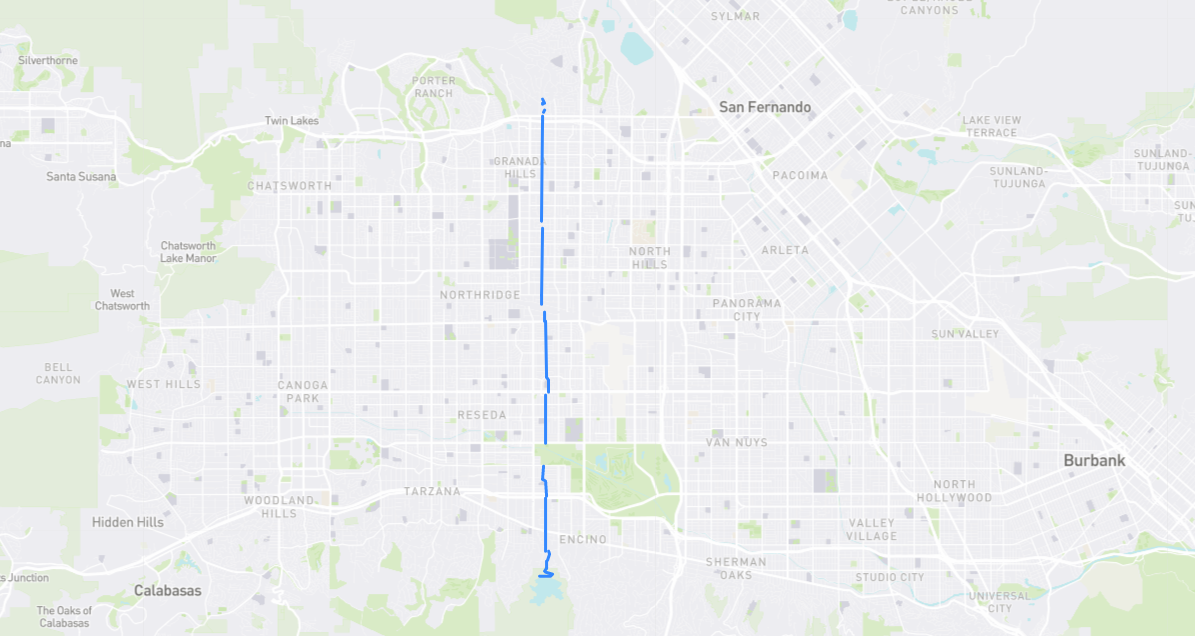Encino is short for “el Valle de Santa Catalina de Bononia de los Encinos”, a.k.a. “the Valley of St. Catherine of Bologna of the Oaks”, a.k.a. the San Fernando Valley – christened during the 1769 Portolá expedition. The name was formalized in the 4,460 acre Rancho los Encinos, deeded in 1845 to three local indigenous men, two of whom had already died. Four years later, Vicente de la Ossa bought – some say swindled – a third of the rancho from the widows, then picked up the rest a few years later. The land, today’s Encino, has since gone through many owners, including the Amestoys and William Hay. Arboreal sidebar: The Spanish word encino refers to a species that in English is called the holly or holm oak. (The more familiar Spanish word roble refers to the valley oak.) Those aren’t native to California, so perhaps Portolá’s men saw our native live oaks and mistook them for encinos. One such oak – named, what else?, the Encino Oak – lived here for over a thousand years. Located on a median of Louise Avenue just south of Ventura Boulevard, it was said to be the oldest oak in Los Angeles County and was designated a historic landmark in 1963. Sadly, after being weakened from disease, the tree was toppled by a 1998 El Niño rainstorm. You can still visit its stump.
Find it on the map:

